We reviewed the Genius Plus 710 model earlier this year, using the same frame as this model with a lower level parts spec for $5999. We went deep into our thoughts behind the plus bike concept and how they ride on the trails, head to that review here – Tested: Scott Genius Plus 710.
On review this time around, we have the top-end ‘Tuned’ model, which translates directly to ‘holy crap this bike is dialled!’ with its premium parts kit and absolutely gorgeous finish and impressive 12.1kg weight. Everywhere you look on this bike you are greeted with pure class, from the parts to the paint the Tuned level option is very tidy.
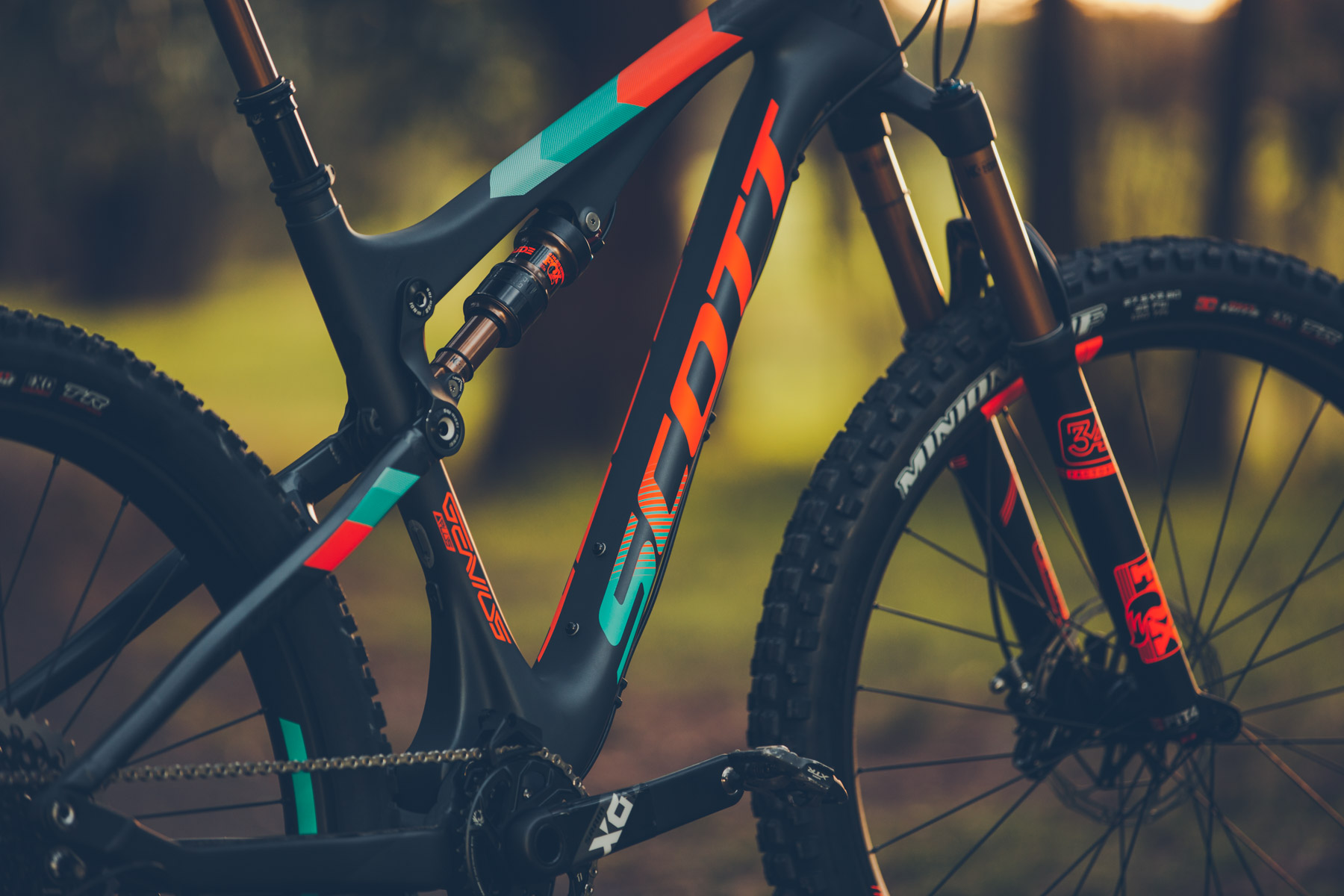
27.5″, Plus, or 29er? Our two cents on plus bikes.
Arrgh, it’s still convoluted to explain after a couple of years coming to terms with the middle wheel size; 27.5″ plus. So, you’re a mountain biker in the market for a new bike, what wheel size do you choose? Let’s simplify it here; 27.5″ for agility, 27.5+ for traction and control, and 29er for speed and confidence. The Plus tyres are typically between 2.8″ and 3.0″ in width, they have a huge volume of air and mount to wide 35-40mm rims. This all lets you drop the tyre pressures right down low, that’s where the grip comes from.
The Plus format is an excellent option; though it’s not going to be ideal for every rider, or every trail. That said, in the world of hardtails, we do think it has the potential to take over. It makes perfect sense: Unless you’re looking for a full-blown cross-country racing machine, you’re better off on a hardtail with 27.5+ wheels/tyres. You’ll crash less, get fewer flats, have more fun. When it comes to dual suspension bikes, then the matter is a bit murkier, and it becomes more of a horses for courses kind of issue.
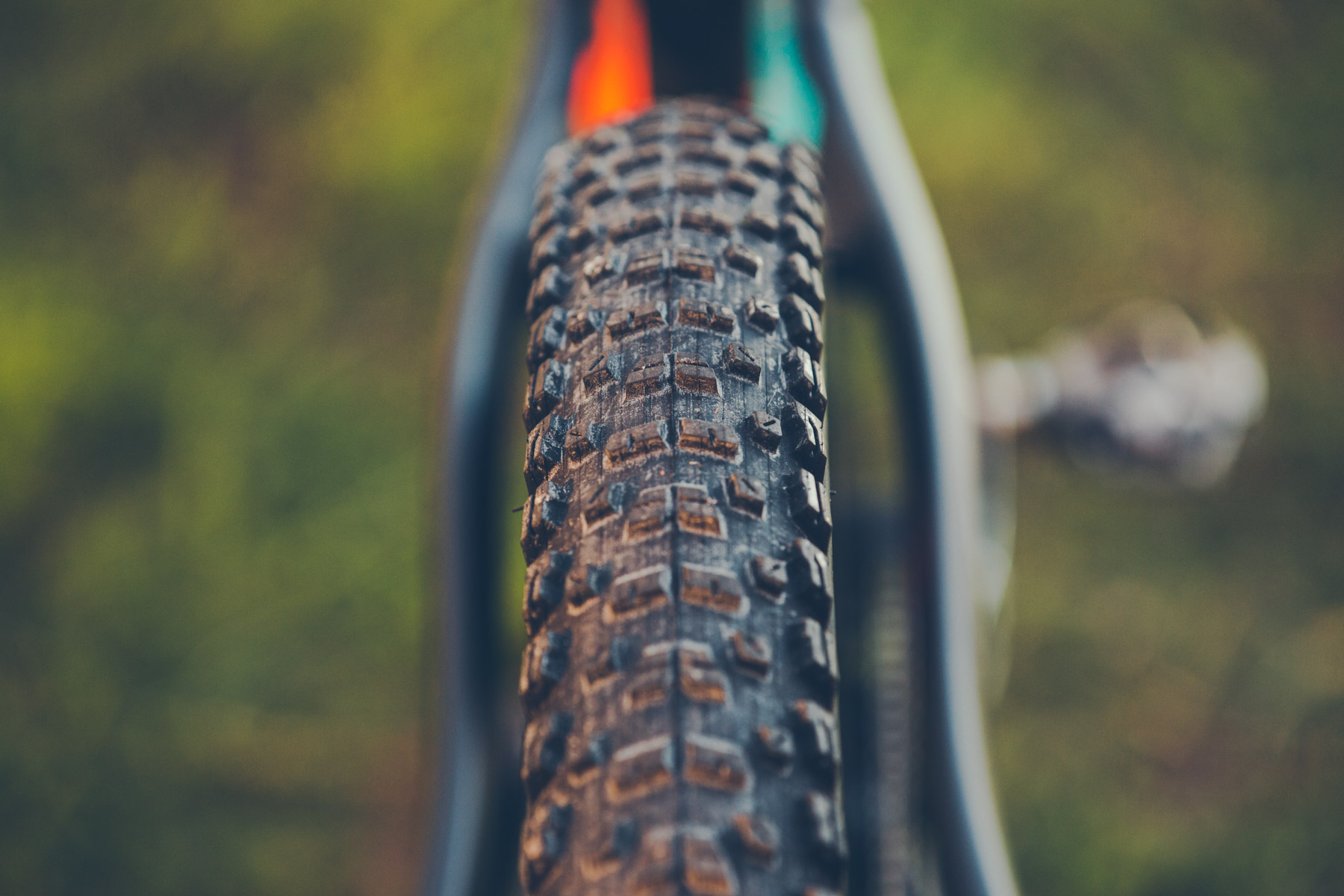
Despite the marketing teams from the big brands telling us so, we’ve still not seen a plus bike raced at the top level at an Enduro World Series race; we’d have to agree though, for race speed we’d opt for a 29er with chunky rubber on wide rims over a plus bike. It’s the way that the tyres can still bounce and squirm when pushed at race pace. That said, we are about as close to that pace as we are to winning anything, so we’ll back away from that debate and get back to bashing around the trails for the fun of it.
This Scott Genius Plus uses 2.8″ Maxxis tyres on 35mm internal width Syncros rims, which traditionally is on the smaller end of the scale to what we’ve used previously on plus bikes. The Maxxis tyres also have a more regular shape to them, the Maxxis Minion tyre on the front is particularly incredible.
Why not just big tyres on wide rims? Well, that’s a good question, thanks for bringing it up. While we’re not able to see into the future, we can bet on a few things now and then that the industry is up to, and where things are going. After the release of the new Pivot Mach 5.5 with its 2.6″ Maxxis tyres on 35mm wide DT Swiss rims and the 2017 Specialized Enduro 650B with 2.6″ tyres, we’re expecting that platform to put a dent in the popularity of the big 3″ tyre plus bikes next season. Or we could be very wrong, let’s see.
The traction.
There is so much traction, the dilemma we had testing this thing was what to do with it all? Jumping onto the Genius after riding various long travel 29ers we found ourselves doing some pretty cool things when we began to get comfortable. Like pedalling anywhere and all the time, keeping our feet up through sketchy corners, blasting long jumps over obstacles with a complete lack of regard of line choice. It was damn good fun!
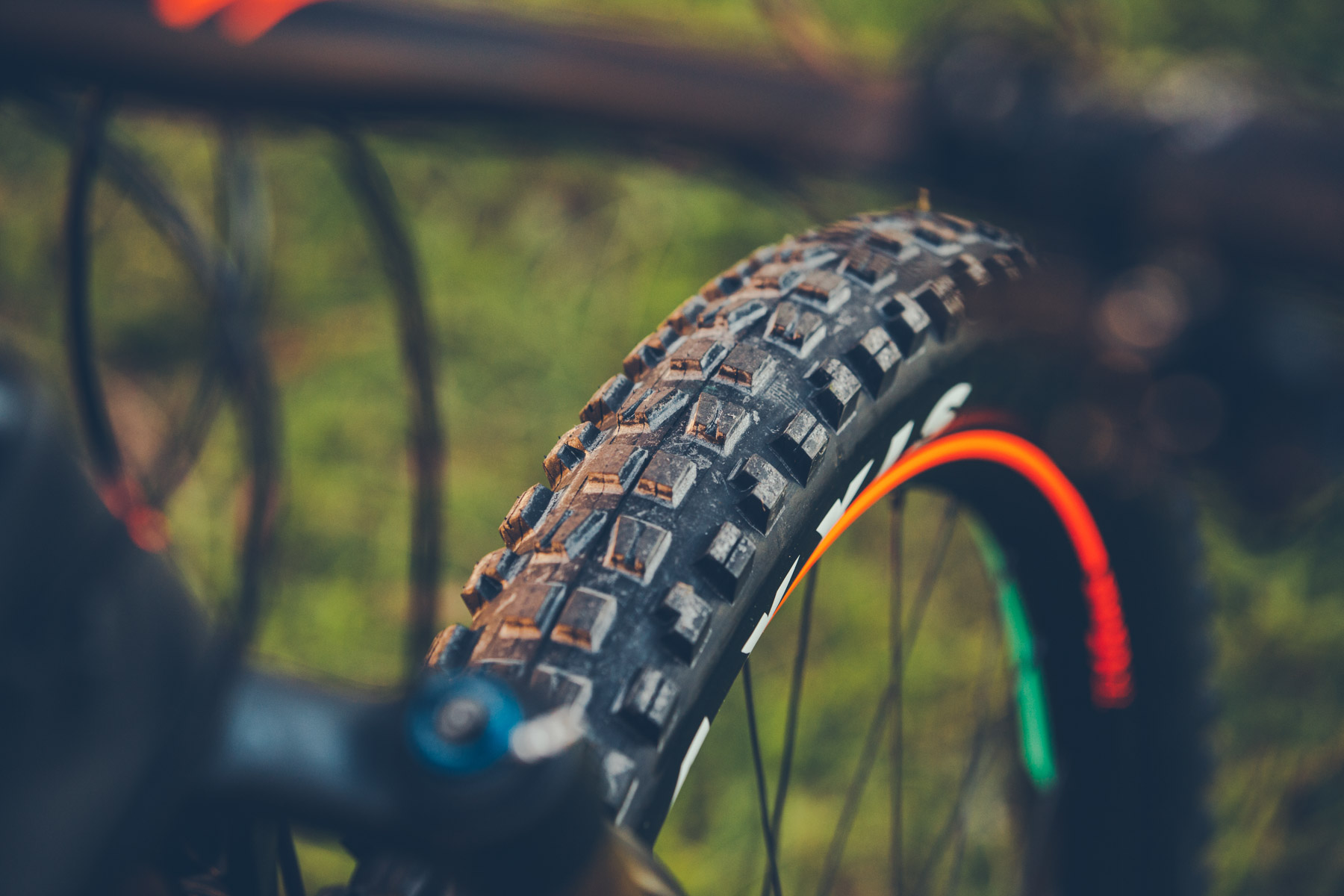
There are always sections of trail that challenge the traction of a mountain bike tyre when we dropped the tyres down to around the 20 psi mark and even lower, we were able to claw our way up steep and loose sections of the track so, so, so much easier.
When compared to the Schwalbe or Specialized 3″ tyres we’ve tried, the Maxxis tyres have more bite and cornering feel than the larger balloon shaped tyres, it helps the bike find good precision on the trails, a criticism we had with the Stumpjumper FSR 6Fattie and the original Schwalbe Rocket Ron 3″ tyres on the earlier Scott Genius Plus models.
The high-end bits.
The Tuned model is the top offering from Scott in the plus bike range, the FOX suspension is the best you can get with all the adjustments and slick Kashima coated bits, the SRAM X01 Eagle drivetrain is a big winner in our hearts, and the finishing touches from Syncros like the carbon bar, stem and saddle finish it perfectly. All the small bolts like the seatpost clamp, bar/stem, and grips are all torx keys, too.
Big wheels need good brakes and the SRAM Guide Ultimate brakes are well and truly up to the task, it’s also nice to see the aluminium carrier rotors as standard too, very fancy.
Even the unstoppable FOX Transfer post is the flashy Kashima one, there’s really nothing to dislike about this parts spec at all.
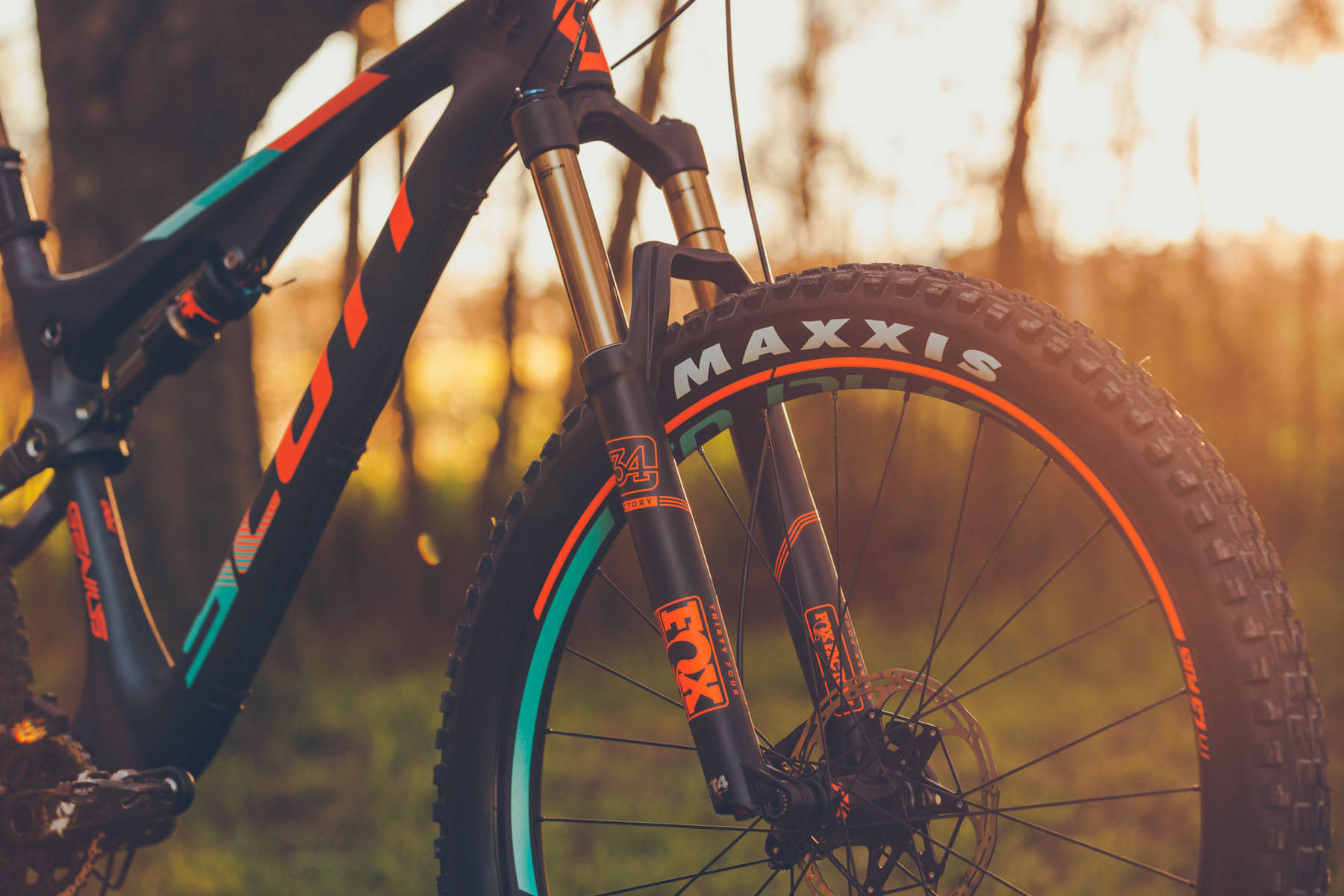
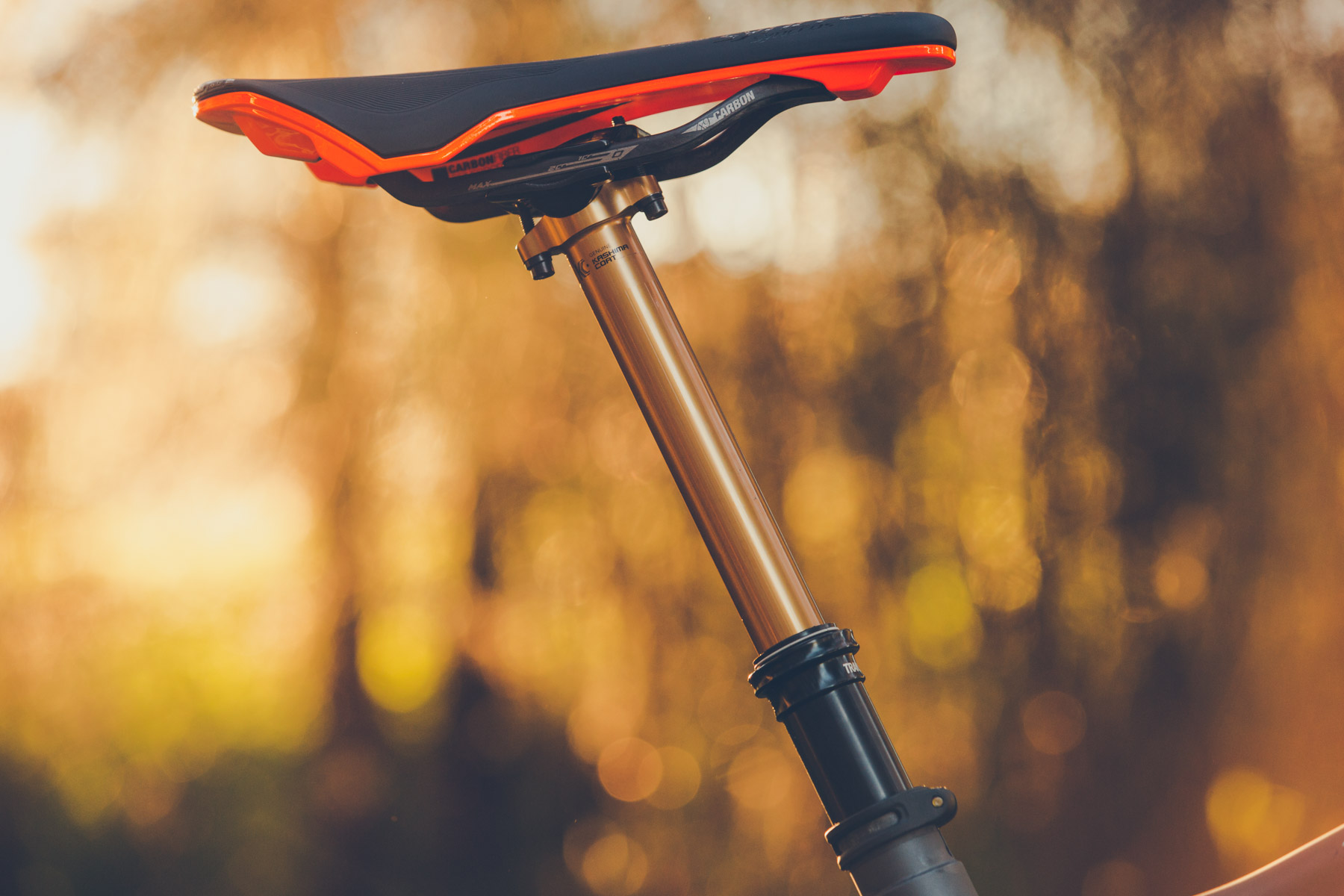
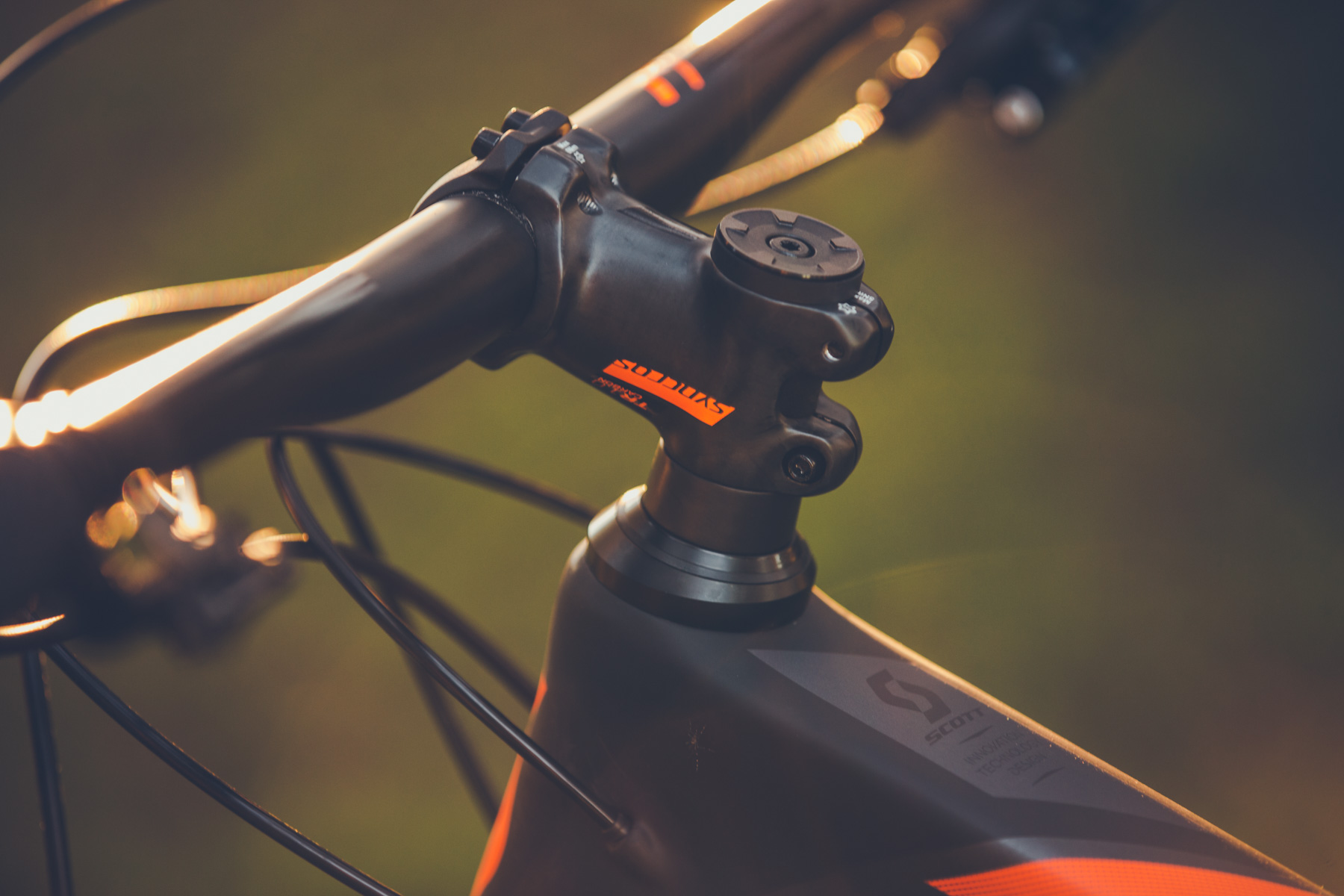
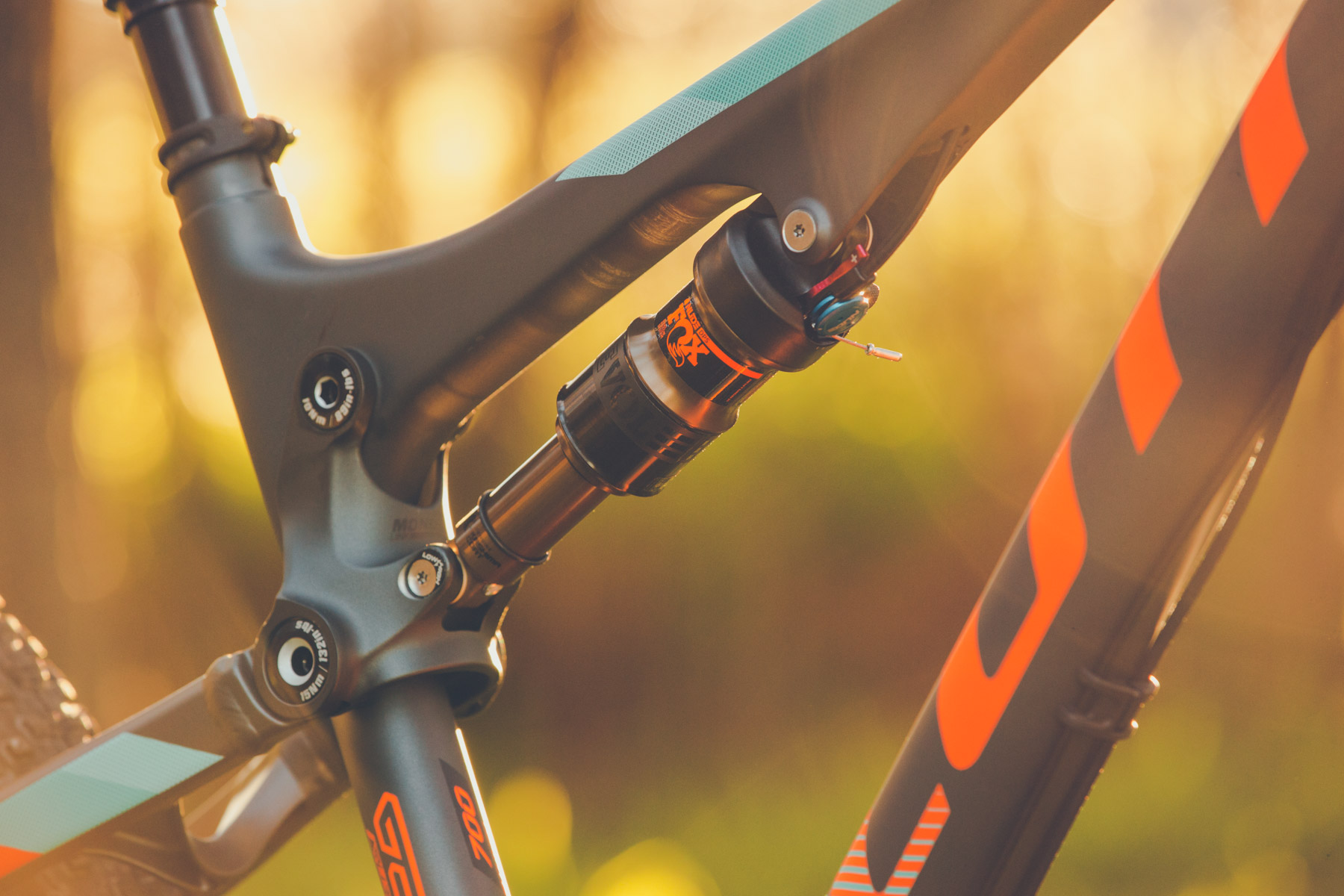
When compared around with other big-name brands, the Scott stacks up very well indeed, have a look for yourself. Where top-end carbon bikes tend to hover around the $9-$11K mark, it makes this one an attractive option if you’re interested.
Twinloc.
Scott’s dual suspension bikes are built around their Twinloc suspension adjustment system, it works perfectly and gives Scott a point of difference from the masses. The nicely ergonomic Twinloc lever sits closely to your left thumb to toggle the rear shock between 130mm, 90mm and locked out. It simultaneously adjusts the fork too, to match the rear end. Yes it does add extra cables that might put off the fussiest riders, though with some time with a pair of cable cutters and some trial and error you’ll be able to tidy it up just fine.
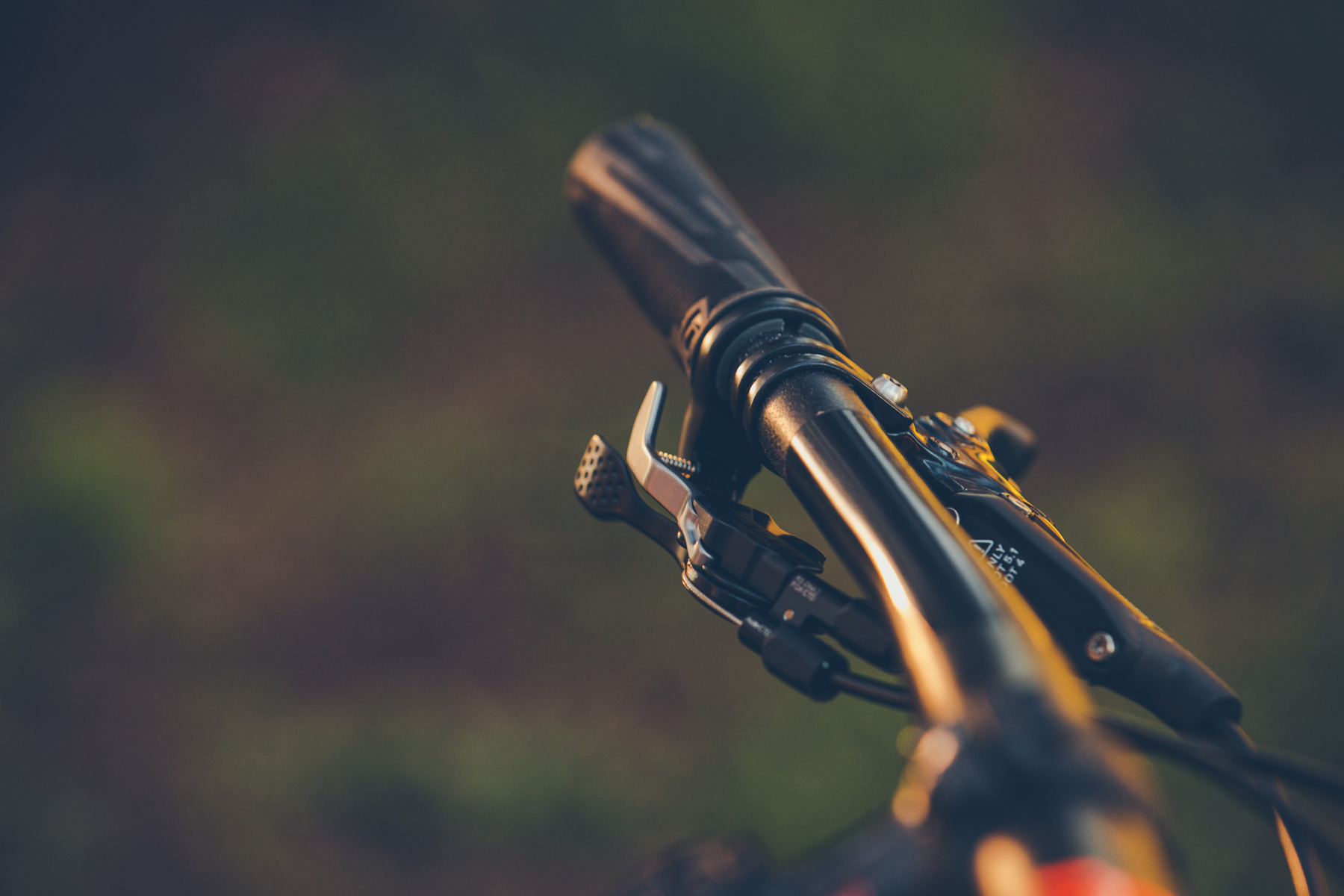

In Open mode, the suspension feel is super buttery, with a really lively feel, that ramps up nicely. Like we mentioned in the review of the Genius 710 Plus, the single-pivot suspension design coupled with the Twinloc is a great pairing. There’s no pedalling platform, and with very little anti-squat in the suspension configuration, it’s very responsive. Hit the lever and engage Climb mode, and the feeling is very different – the bike sits up higher in its travel, raising the bottom bracket, and the suspension becomes much firmer. As we’ve noted above, the Plus tyres still take the edge off, so the ride is surprisingly smooth even with only 90mm of travel.
The full lock-out is really useful on the road, but where we would normally let rear suspension help find traction on loose fire road climbs we would still be able to lock it out and rely on the big tyre and low pressure to bite in hard.
Want more on how it rides?
Cut to it.
The Genius Plus is an all-terrain monster; it’s a big bike with massive ability. Take it to a trail that you’ve found challenging, and your worries will fade away as the traction machine gets going. Don’t look for the Genius Plus for a bike park or race track, give it a challenge, not a clock, and it’ll sure be a great companion on many trails to come.

The stunning finish, incredible parts, adjustable frame geometry, adjustable suspension and grippy Maxxis 2.8″ tyres are a real standout. And on the trail, it’s super confident, lovely and smooth and dead quiet.